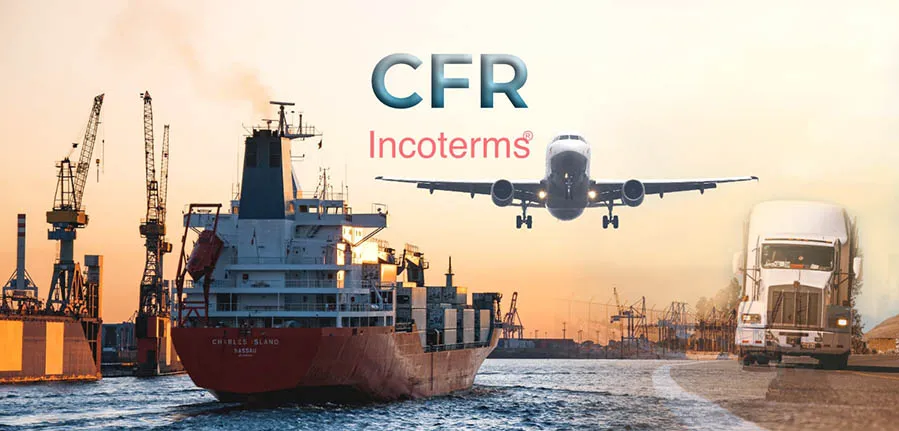

Table of Contents
Under the CFR (Cost and Freight Shipping) , the seller is under the obligation to deliver the goods to a named port, load the goods on vessel, and carry out the export customs documentation and licensing. Additionally, a seller is also under obligation to pay for any inspections that may be required before shipment. A seller, however, does not bear the obligation of obtaining shipment insurance under CFR Incoterms. What this means is that under the shipping terms of CFR, once the goods are loaded into the ship, this means that risk and responsibility now rest with the buyer.
What Is CFR Incoterms?
Consequently, from this Incoterm, it is vivid that the cost and freight of delivering the goods to the named destination port lie in the hands of the seller. These include loading items into the vessel and making the export clearance available.
In Incoterms, the seller is paid for transportation; however, he need not necessarily insure the goods in transit. The risk of loss or damage to the goods under this Incoterm gets passed to the buyer upon the loading of goods into the ship.
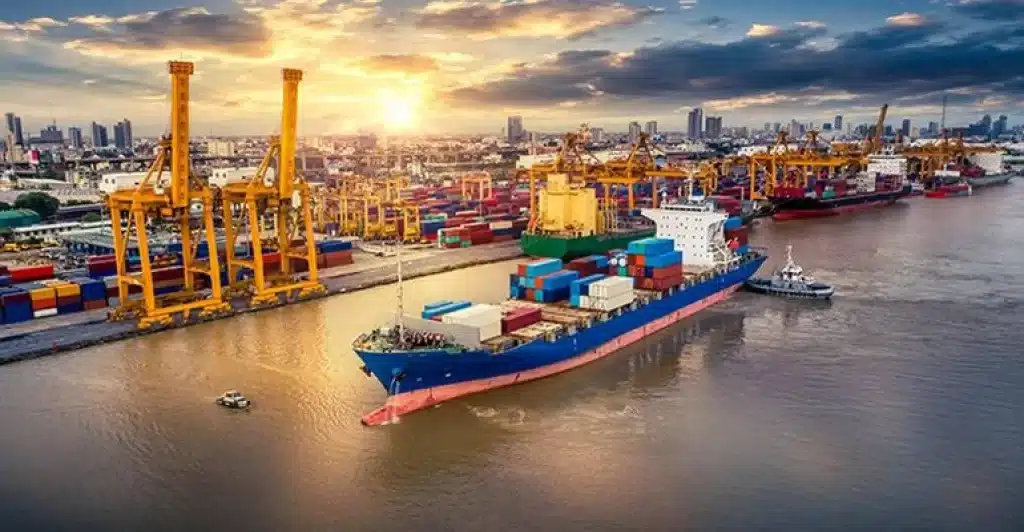
what is CFR in shipping?
The abbreviation CFR stands for Cost and Freight, which is applied to shipping and international trade. It means that all the cost of bringing the goods to a certain port of destination is a seller’s responsibility. In CFR terms, a seller covers freight charges but after loading the goods onto a vessel, risk passed on to the buyer. This means the seller is liable to bear logistics and freight charges; however, once the goods are in transit, the buyer will have risks for loss or damages thereof. Major applications of CFR are found in sea freight. This makes buyers, who want transparency on the cost of shipping and undertake some risk during shipment, benefit from it.
When do you use CFR?
Cost and Freight: it means the price the seller has to pay for transferring the goods up to a port. It is usually applied in maritime transport and therefore is suitable in the case of bulk goods, machinery, large shipments. Buyers prefer CFR when they need to gauge the total freight costs but are still cognizant of the fact that they incur risks after loading on board the vessel. This is best applied to those transactions where the seller is capable of effectively handling the shipping logistics while the buyer can undertake the receipt of the goods at the destination port.

what is CFR price?
The CFR price is an abbreviation of Cost and Freight price, which denotes the over-all cost of goods, including the product price and freight charges towards its transport to a certain port. In case of the CFR terms, all the costs of shipment, including loading, transportation, and insurance are borne by the seller up to destination port. However, the risk of loss passes to the buyer when the goods are on board the vessel. This price structure provides buyers with a straightforward understanding of their shipping costs for the purpose of budgeting and financial planning. CFR pricing is very common in maritime trade; thus, it is important that each business involved in international shipment, especially for bulk or heavy items, learns how to go about it.
what is CFR trade terms?
CFR trade terms or, in other words, Cost and Freight terms were given by the Incoterms rules and refer to international shipping. CFR demands that the seller be responsible for delivering goods to a specific port of destination at his expense, including costs associated with freight transport, loading, and other expenses. In this case, the risk of loss and damage passes to the buyer when goods have crossed the ship’s rail. This means that the seller pays for logistics and freight costs, but all the risks in transit lie with the buyer. CFR is a very common trade term used in sea freight; and because shipment costs and responsibilities are clear, it is very favorable for bulk cargo. Understanding CFR trade terms helps a business conduct international transactions effectively and ensures both parties are knowledgeable regarding their obligations and the risks within the confines of the shipping process.
CFR Air Freight
Generally, CFR is associated with sea freight it may be used in certain contexts to mean air freight . Under the terms of agreement of sale, CFR expresses that the seller must pay the cost of transporting the merchandise to the destination port or airport and, in addition, the freight and loading costs. Nevertheless, under CFR also, once the goods are loaded on vessel or aircraft, the risk passes to the buyer.Documentation in air freight is similar, where the seller provides all required documents, but they do not have to make any arrangement for insurance. In fact, buyers are highly encouraged to get insurance because loss or damage may occur during transit. Understanding what CFR means in regard to both sea freight and air freight helps both parties understand their responsibilities and risks.CFR incoterms buyer and seller responsibilities
The Cost and Freight is an Incoterm that explicitly shows the responsibility of both the buyers and sellers in international shipping. In the terms of CFR, the seller takes greater responsibilities wherein the payment for the transportation cost to the designated port of destination is included. These include the cost of loading the goods, freight charges, and export documentation required beyond that point. The seller is obliged to deliver the goods on board the vessel and provide the buyer with the shipping documents.
Conversely, if the buyer’s responsibility starts when the goods are loaded on board the ship. From this point on, the risk of loss or damage now falls upon the buyer and he has responsibility for insurance and any additional transportation costs past the port of arrival to his premises. He is also expected to deal with import duties and customs clearance. Understanding these responsibilities is very important in ensuring a smooth transaction with minimal chances of disputes over the shipping process from both parties.
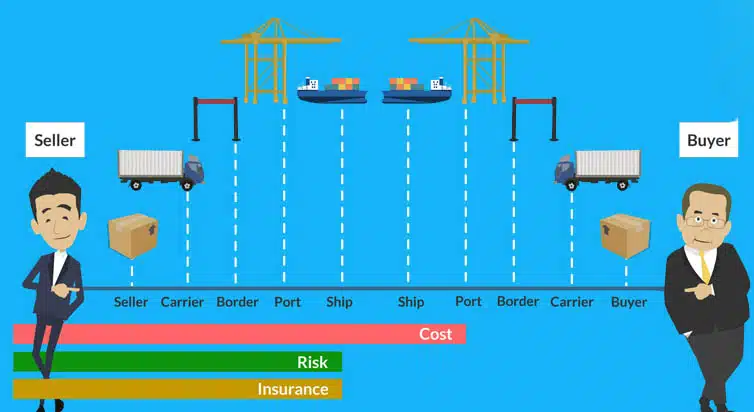
CFR Risks and Costs for the Seller
In CFR, the sellers bear some risks and costs, which must be well understood. The seller bears all expenses for putting the goods at the destination port, which include freight charges too, loading costs, and export documentation. However, the risk of loss or damage would fall on the buyer once the goods are loaded on board.
That is, the logistics are arranged and delivery paid by the seller, but he is not responsible for any damage that might occur during transportation. Furthermore, if there are regulations included in an export, there are likely to be serious additional costs if unexpected delays or fines arise. It is one of those risks and added costs which a seller has to take into consideration to ensure profitability and success in any international transaction.
CFR Risks and Costs for the Buyer
According to the provisions of the CFR (Cost and Freight Shipping) , the buyer is expected to assume some risks and costs once they are loaded on board the ship. While this implies that the seller bears transportation cost to the port of delivery, the buyer assumes a risk in case of loss or damage in transit; therefore, he should insure against these risks.
Besides that, it falls under the obligation of the buyers to meet all costs resulting from unloading, customs clearance as well as import duties when the goods arrive at the destination port. In case of problems such as delay or extra tariffs, the buyer is supposed to pay for the additional costs. Understanding these responsibilities is crucial in helping the buyers to budget effectively in order to meet the total cost of acquiring goods from abroad. Knowledge of risks lays a way forward for buyers to make well-informed decisions to protect their investments in shipping.
CFR Incoterms Insurance Responsibility
As in CFR Incoterms, the cost of carriage of the goods to the destination port is a cost the seller should bear. However, insurance remains the buyer’s responsibility. Moreover, the risk of cargo for any loss or damages also gets passed to the buyer once the cargo is loaded into the vessel. The buyer is, therefore, recommended to purchase marine insurance to be assured against unreturned situations.
While the seller under CFR arranges logistics and freight costs, he is not obliged to insure the goods. This, therefore, gives a clear distinction of understanding that the insurance liability is under the terms of CFR, ensuring that buyers are well-insured against abrupt incidents that may happen to their shipments.
CFR delivery terms
CFR delivery terms are an agreement that the seller is to arrange and pay for transportation of the goods to the buyer’s destination port.
This involves the cost of shipping, handling of all export formalities; this could include the loading on vessel as well as handling the export documentation.
Under the CFR delivery terms, the seller does not necessarily have to provide insurance for the goods being transported.
Passing of risk to the buyer once goods are loaded onto the ship at the port of shipment.

CFR incoterms risk transfer
Under Cost and Freight Incoterms, the risk transfer is considered when the goods are on board the vessel. The seller here performs the duty of paying for all transportation costs to the destination port. Conversely, all risk of loss or damage upon the goods falls upon the buyer, who should consider insurance. Being properly informed about this critical aspect of CFR ensures that each party is well informed about its responsibilities and their liabilities in every aspect of shipment.

CFR incoterms insurance
Under CFR Incoterms insurance becomes a very important factor for buyers. Whereas the freight cost for the movement of goods to the destination port is paid by the seller, the risk in case the shipment of goods is affected immediately after loading onto the vessel would shift to the buyer. Such a shift in risk suggests that buyers must have marine insurance cover to put them through in case any loss or damage occurs in transit. Having sufficient coverage not only protects the investment but also gives peace of mind that any unforeseen incident will not have major negative impacts on your finances.

What is the difference between CFR and FOB?
Both CFR and FOB (Free On Board) stand out as Incoterms terms in international shipping, with differences between them in responsibilities and shifting of risk. That is to say, if a contract states CFR, then the seller will have to pay for the goods to be transported to a named port; this would also include freight charges. But under this term, the risk moves to the buyer once the goods have been loaded on board the vessel.Contrarily, FOB defines that the responsibility of the seller is up to the time the goods are boarded on the ship at the port of origin. The seller pays for everything till then, including loading, while the buyer takes over the responsibility of the cost of shipment and risk from then onwards.Basically, the main difference is who assumes the risk during transportation. CFR puts more of the responsibility on the seller in terms of freight cost, while FOB stresses more on the loading and shifting of risk at the port of shipment.What is the difference between CFR terms and CIF terms?
While both CFR (Cost and Freight Shipping) and CIF are Incoterms used in the international delivery of goods, there are differences between them in the sphere of cost responsibility and risk management. Whereas on a CFR term the seller pays the freight costs and transportation to a named port, under this term, the risk of loss or damage to the goods passes to the buyer from the time it is loaded onto the vessel.While CIF incoterms are inclusive of freight costs, insurance against loss or damage is covered. It means the seller will pay for the movement to the destination port and cover the goods with marine insurance against loss or damages while in transit. That would mean that the buyer, under CIF incoterms , has added protection since the seller is obligated to insure the goods.In the end, CFR or CIF depended upon the preference of the buyer over risk management and cost. Where CFR provided lower upfront costs, CIF provides greater security through insurance coverage during shipment.
TopShipping
With years of experience in logistics and freight forwarding, the author is passionate about making shipping smoother and more efficient.
As a leader at TopShipping, they’ve developed a deep understanding of supply chain management, international shipping rules, and creative logistics solutions. They’re driven by a desire to help businesses succeed by delivering reliable, customer-focused services.
Over the years, they’ve also shared their expertise by writing for various industry publications, offering practical tips and insights on the latest trends in logistics. Thanks to their leadership, TopShipping has become a trusted name for companies looking for hassle-free global freight solutions.
Comment Section
Comment
Write your idea about "What is CFR incoterms ? cost send freight shipping"


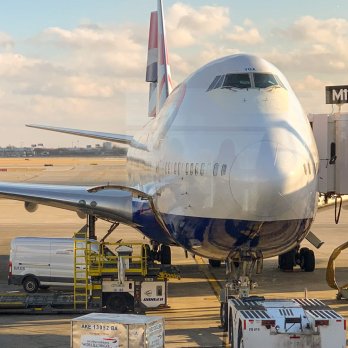

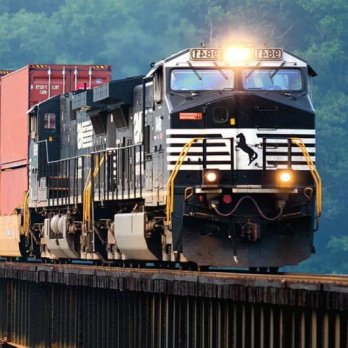
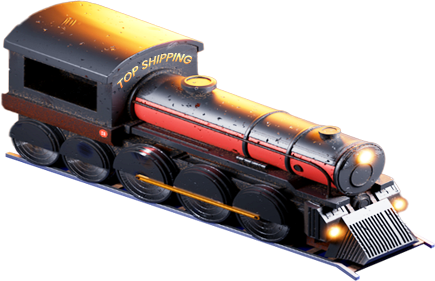
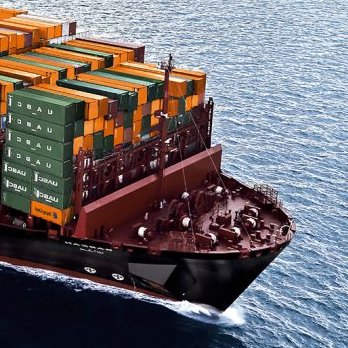
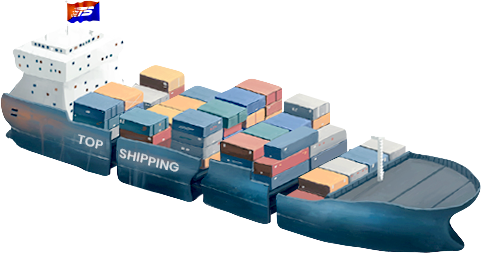
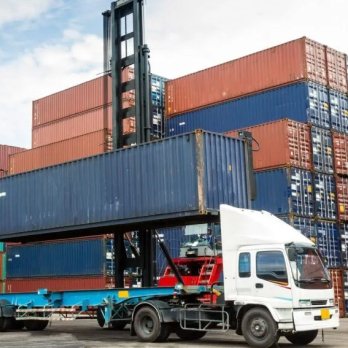
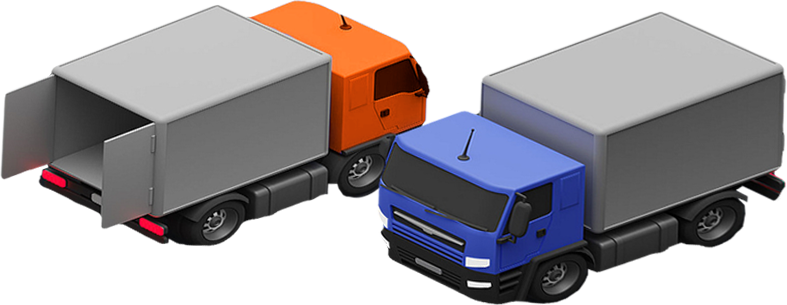
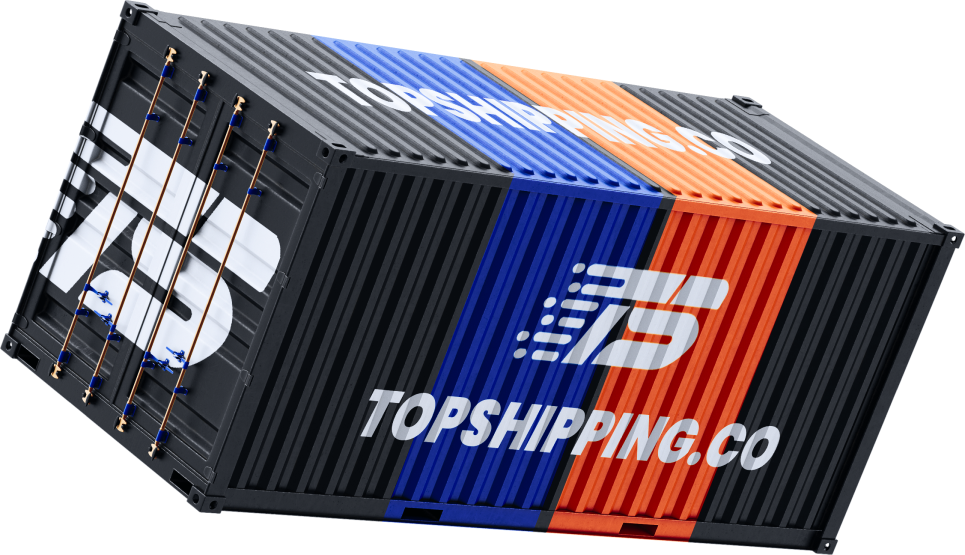





No comments yet.